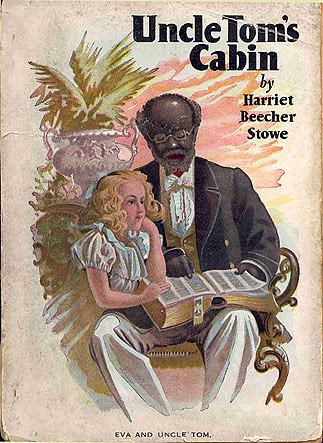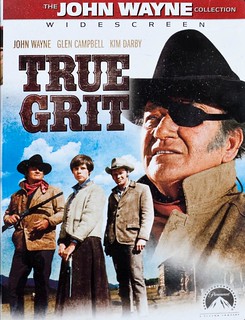Sometimes teachers who incorporate technology into their teaching can't understand teachers who don't (or administrators who don't encourage technology use in the classroom). I hear the frustration from teachers who say, "It's a new era of teaching. Why won't people just give it a try?" I get it. We have discovered a new world, one that is both stimulating and frightening, and we want everyone to get on the roller coaster.
But.
Roller coasters can be more than scary; they can be dangerous. They can make you sick, or at the very least give you a headache. The key is knowing what you can handle and taking one. tiny. step. beyond that. Unless you are like me, and you just jump in the front seat and strap yourself in with that flimsy lap belt. Jump first; panic later--that's my motto.
 |
| This is what ed. tech. looks like. Does it frighten you? |
There are times when I talk to my colleagues, and I mention projects I'm doing in my classes, and they are horrified.
"You let the students USE THEIR PHONES? All the time? Why would you do that? They are just texting."
"I couldn't spend all that time putting notes and lessons on Blackboard. If the students want the notes, they have to pay attention when I present."
"Why should I spend all that time creating an online quiz/game when we all know the site will go down as soon as I need it?"
"What do you mean, you let your students re-do assignments until they have 'mastered' them? How much grading do you do? How do you keep students accountable?"
I get it. I do. Sometimes I say the same things.
But.
I think those people secretly want to get on the roller coaster. I think they are afraid of failure, that failure of a lesson means they are failures. I know this feeling, and my goal is to help my colleagues overcome it. The question is. . . how?
This month PBS Learning Media informed me that I am a 2015 Lead PBS Digital Innovator.
STEPHANI ITIBROUT
2015 LEAD PBS DIGITAL INNOVATOR
WVIZ/PBS IDEASTREAM
MEDINA HIGH SCHOOL
MEDINA, OHIO
Read the Full Bio
Stephani is an English teacher and blended learning teacher at Medina High School in Medina, Ohio. Stephani knows that learning is messy, and Blended Learning is especially messy. She loves seeing the light bulbs illuminate above her students' heads when a seemingly chaotic project suddenly clicks into place.
This means that I am lucky enough to join twenty-nine colleagues who are committed to learning more about effective integration of ed tech in the classroom.
 |
| It also means I get to attend the first day of ISTE! |
Because I am sure I have
impostor syndrome, I have been asking myself why I have the honor of receiving this award. I went over and over my video and essay submissions, and this is what I have decided: I am a 2015 PBS Learning Media Lead Digital Innovator not just because I want to share my digital learning discoveries with my students, but also because I desperately want to share the roller coaster fun with my colleagues. I've figured it out: one tiny step beyond your safety line, that's all it takes to hook you.
I'm going to try to hook you by meeting you where you are, just like I do with my students. You like to lecture? Ok, let me show how to backchannel using
Today's Meet, a great way to collect students' questions and reactions during your lesson. You can archive the whole thing--no risk. If it doesn't work, dump it.
Do you like bell work? Let's talk about
Answer Garden; you can poll students online before class and discuss their answers as soon as the bell rings.
My point is this: we "digital innovators" need to realize that baby steps are necessary. Offer one thing only, and if that one thing works. . .offer another. Years ago, my very wise department head told me, "Students can only really process one lesson at a time. Teach them ONE THING. When they have mastered it, move on." And so it is with teachers.
Where are you on the path of digital innovation? I'll meet you there.
Like what you read? Follow me on Twitter @itibrout!PBS












.jpg)










